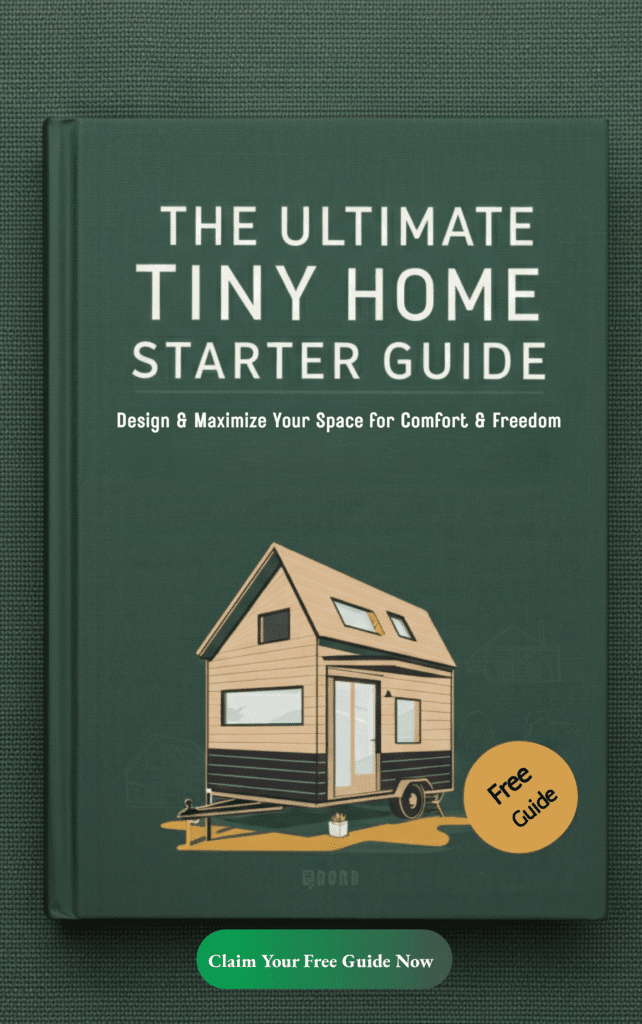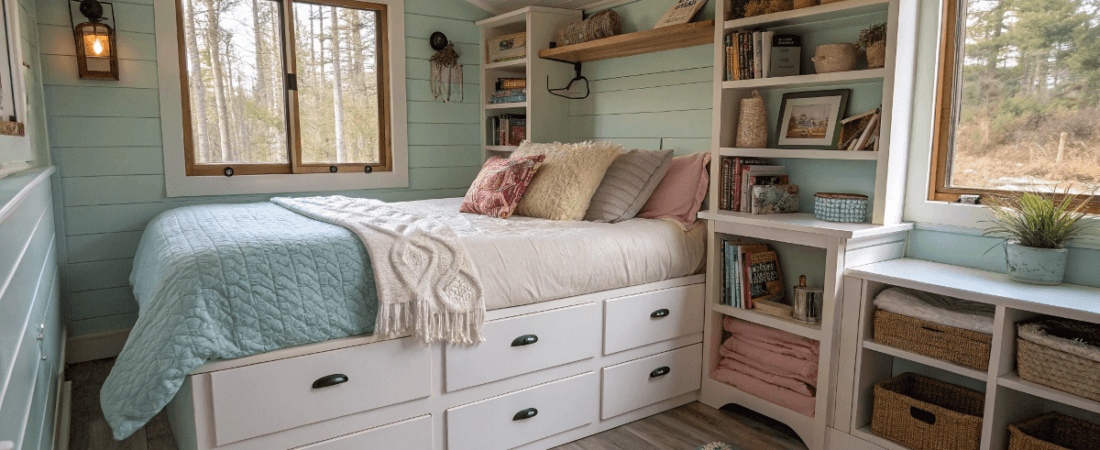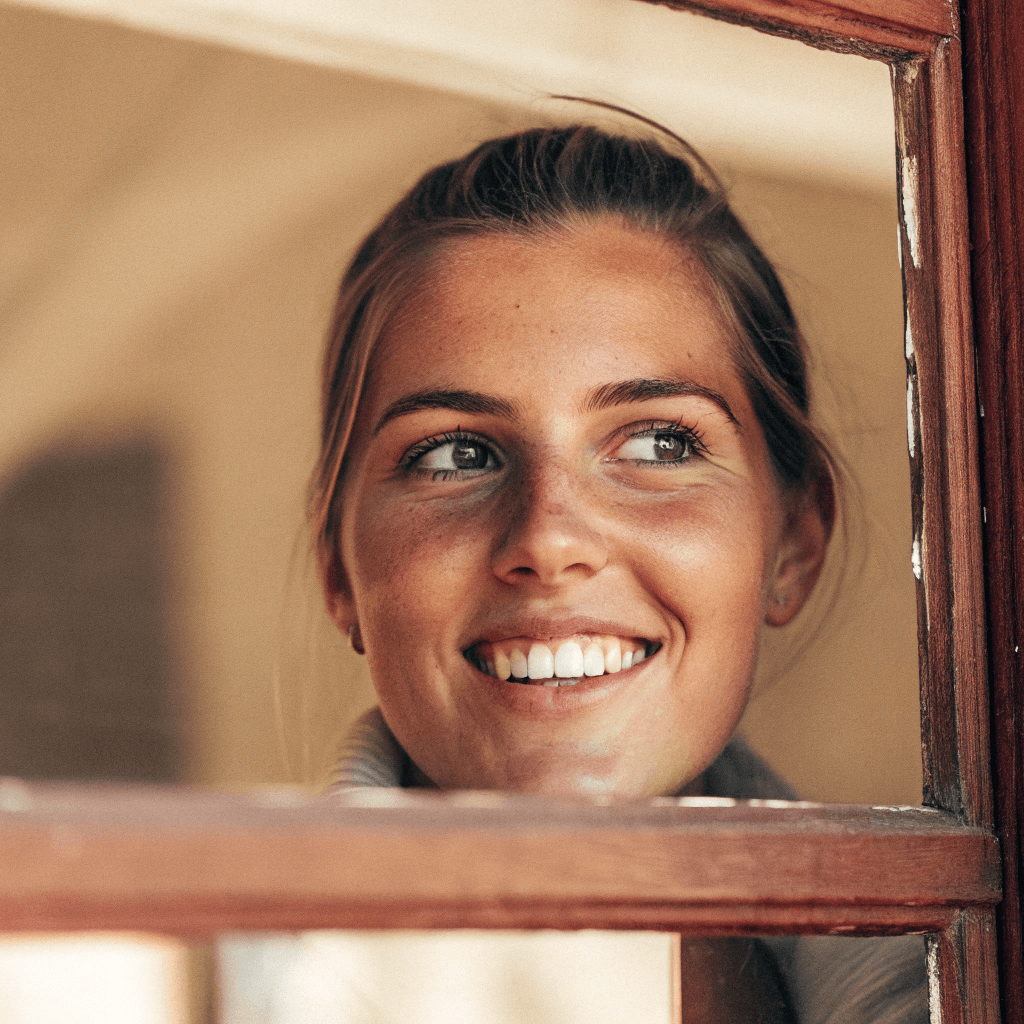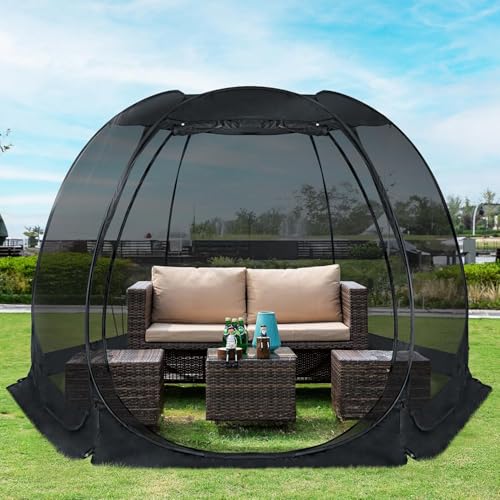Tiny home bed solutions are essential for anyone embracing the tiny house movement, where every square foot counts. As more people transition to compact living, finding the right bed becomes crucial to optimizing limited space without sacrificing comfort. From Murphy beds to loft beds, there are numerous smart solutions designed to maximize space in tiny homes. These innovative bed ideas not only provide a comfortable sleeping area but also offer extra sleeping space and extra storage, along with multifunctional uses. Whether you’re living in a tiny house or a small apartment, these clever solutions can transform your bedroom into a versatile and efficient space.
- Introduction to the Tiny House Movement
- Challenges of Sleeping in Small Spaces
- Murphy Bed Solutions for Tiny Homes
- Space-Saving Bed Solutions for Tiny House Living
- Elevated Sleeping Areas and Lofted Beds
- Multifunctional Bed Solutions for Tiny Homes
- Sustainable and Eco-Friendly Bed Materials
- Bed Placement and Layout Considerations
- DIY and Budget-Friendly Bed Solutions
- Conclusion and Final Thoughts
Introduction to the Tiny House Movement
Tiny houses are all about living small.
They range from 100 to 400 square feet.
It’s more than just a small space.
It’s a lifestyle of simplicity and freedom.
Effective storage solutions are essential to maximize the limited space in a tiny house.
Challenges of Sleeping in Small Spaces
Sleeping in a tiny house is tricky.
Traditional beds eat up space.
Moving around feels tight.
Finding the right furniture is tough.
Sometimes, you must skip showers or kitchens to create more storage space.
Murphy Bed Solutions for Tiny Homes
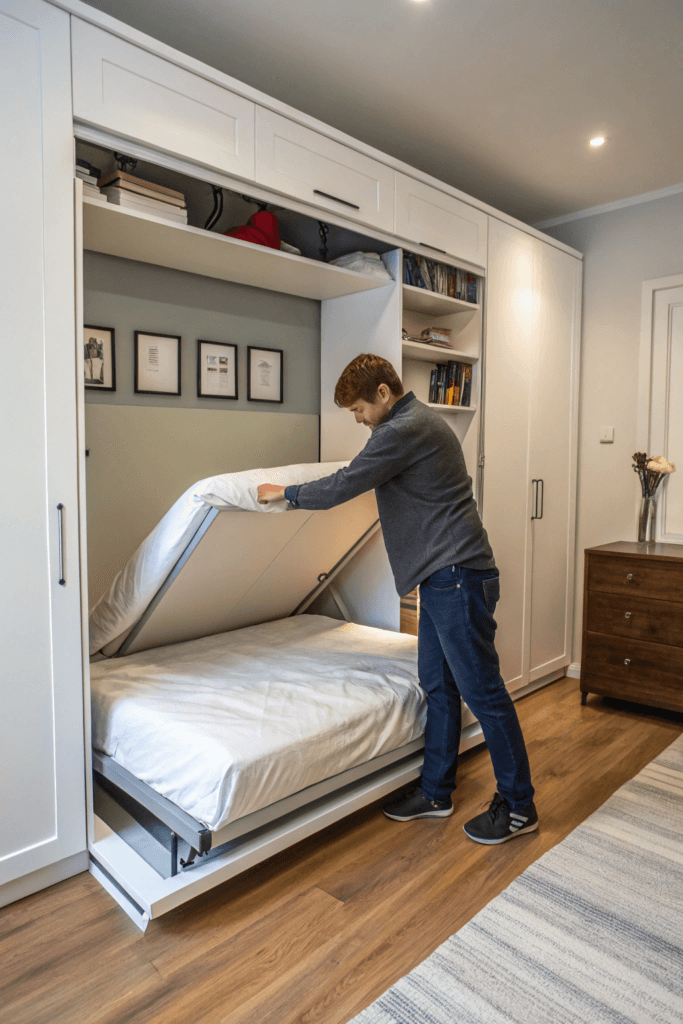 save space and make rooms multifunctional.
save space and make rooms multifunctional.
Fold them up against the wall.
Need a desk or sofa too?
Some Murphy beds have those built-in, along with extra storage options.
Pick a good quality Murphy bed.
Cheap ones might not last.
Space-Saving Bed Solutions for Tiny House Living
Loft beds use vertical space.
Platform beds offer storage underneath.
Bunk beds double sleeping space.
Trundle beds give extra sleeping spots.
They don’t hog floor space.
Elevated Sleeping Areas and Lofted Beds
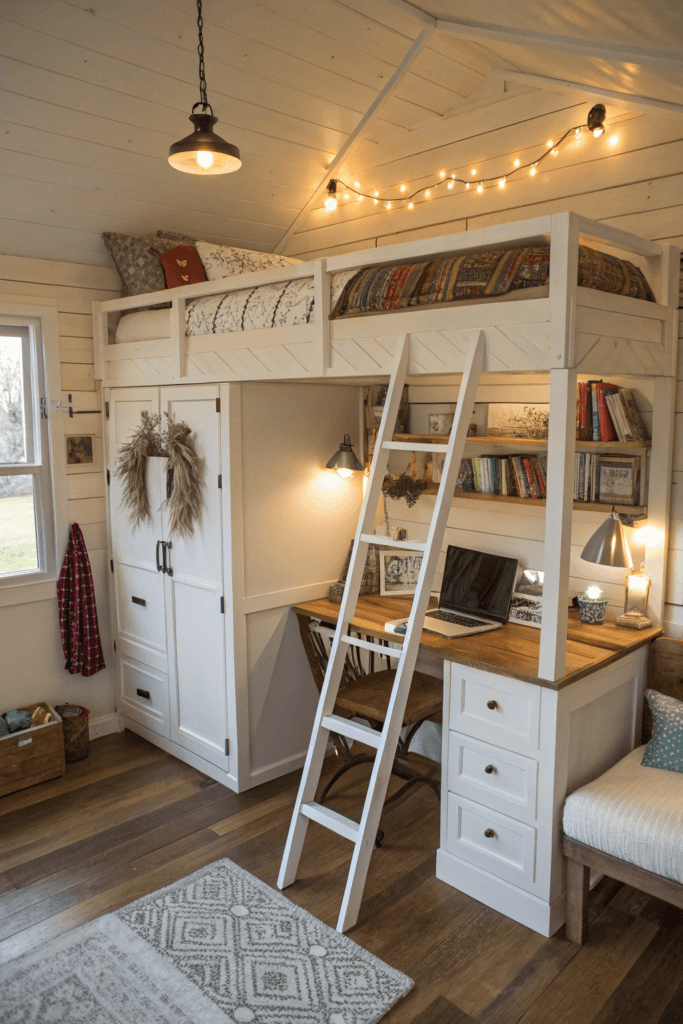
Elevate your bed for more room below.
A loft bed is an ideal solution for maximizing vertical space in small living environments. Lofted beds are snug and save floor space.
Check your ceiling height first.
Use strong materials like wood or metal.
Multifunctional Bed Solutions for Tiny Homes
Futons can be a seat and a bed.
Sofa beds are perfect for tiny homes, providing extra sleeping space without compromising on style or comfort.
Daybeds are comfy for sleeping.
Hammocks or hanging beds are fun and space-smart.
Sustainable and Eco-Friendly Bed Materials
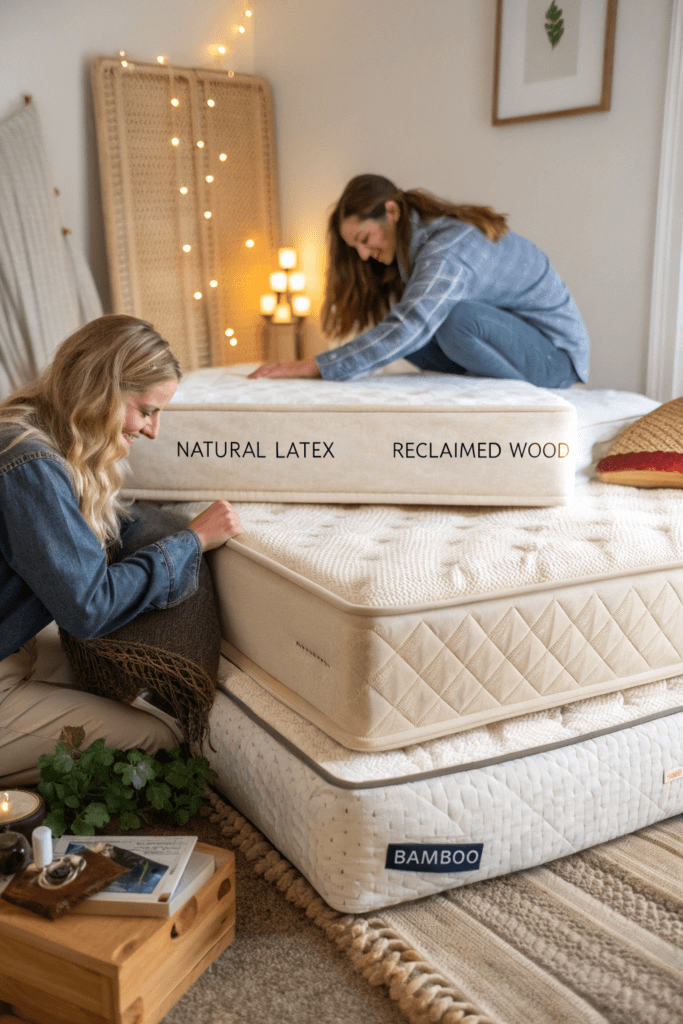
When it comes to choosing a bed for your tiny house, it’s essential to consider the environmental impact of the materials used. Sustainable and eco-friendly bed materials are not only better for the planet, but they can also improve indoor air quality and promote a healthier sleeping environment. Here are some eco-friendly bed material options to consider:
Natural latex mattresses: Made from the sap of the rubber tree, natural latex is a biodegradable and breathable material that’s perfect for tiny house living. It offers excellent support and comfort while being environmentally friendly.
Recycled metal bed frames: Look for bed frames made from recycled metal, which reduces waste and minimizes the demand for new raw materials. These frames are sturdy and can add a modern touch to your tiny home.
Reclaimed wood bed frames: Reclaimed wood is a sustainable option that reduces the need for new lumber and can add a unique, rustic charm to your tiny house decor. Each piece of reclaimed wood has its own history and character.
Bamboo bed frames: Bamboo is a highly renewable resource that’s lightweight, durable, and resistant to pests and decay. It’s an excellent choice for a sustainable bed frame that’s both stylish and functional.
Organic cotton mattresses: Organic cotton is a natural, biodegradable material that’s free from harsh chemicals and pesticides. It’s a healthier option for your sleeping environment and better for the planet.
Low-VOC mattresses: Look for mattresses made with low-VOC (volatile organic compound) materials, which reduce indoor air pollution and promote a healthier sleeping environment. These mattresses are designed to minimize the release of harmful chemicals.
When shopping for eco-friendly bed materials, be sure to look for certifications like GOTS (Global Organic Textile Standard) or Oeko-Tex, which ensure that the materials meet rigorous environmental and safety standards. By choosing sustainable and eco-friendly bed materials, you can create a healthier and more environmentally friendly sleeping space in your tiny house.
Bed Placement and Layout Considerations
Think about furniture placement.
Avoid placing beds across from doors.
Put the headboard against a wall.
Measure your space before picking a bed, as a queen size bed may be too large for some rooms.
DIY and Budget-Friendly Bed Solutions
Repurpose old doors or pallets for a bed frame.
Use bins and baskets for storage solutions under the bed.
Thrift stores have great finds.
Try DIY projects like building a loft or platform bed.
Conclusion and Final Thoughts
Tiny house living means being creative.
Pick the right bed for your tiny home.
Think about storage, valuable floor space, and height.
With some planning, your tiny home can be comfy and stylish.
Tiny home bed solutions make it all possible.

